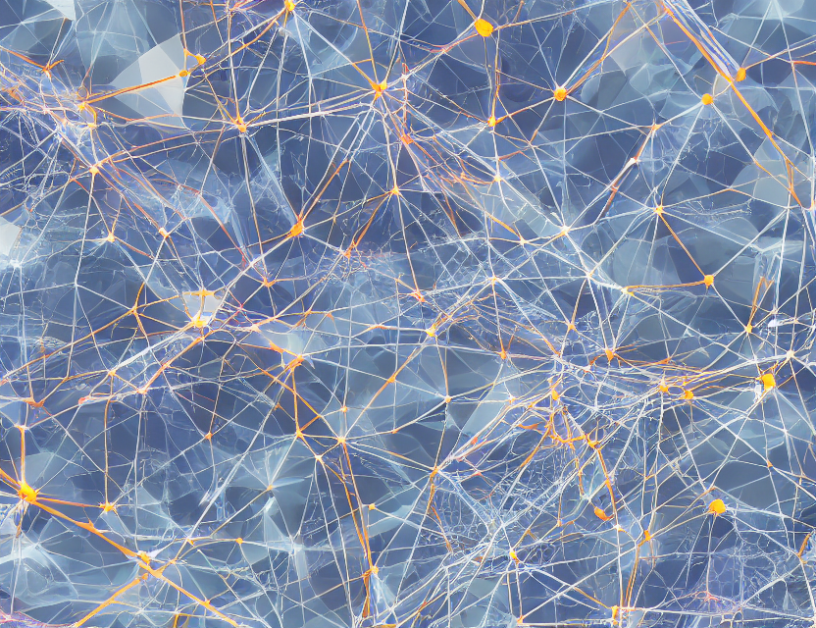In this article, the authors propose a novel approach to modeling semantic information and bridging the numerical-semantic gap in scientific small-sample data scenarios. They introduce a cross-modal knowledge graph (NR-KG) construction process that integrates both semantic and numerical data, followed by projection into a canonical KG. This allows for more effective reasoning on cross-modal KGs, which is crucial in material property prediction problems. The authors also highlight the limitations of existing approaches, which primarily rely on text-based KG construction and neglect the relationships between numerical values or interactions between numerical and semantic information.
The authors present a framework that addresses these challenges by leveraging GPT-3.5 to extract precise sections containing descriptions of HEA processing techniques and crystal structures. They emphasize the importance of capturing the semantic context of numerical data to improve material property prediction accuracy. The proposed approach has been validated through volunteer verification and recording, demonstrating its effectiveness in bridging the numerical-semantic gap.
Everyday Language Explanation
Imagine you have a recipe for your favorite dish, but it’s written in a language you don’t speak. You need someone to translate it into your language so you can understand what each ingredient is and how to prepare it. That’s similar to what the authors of this article are trying to do with scientific data. They have a lot of data, but it’s all written in a language that computers don’t fully understand (semantic information). So, they use a tool called GPT-3.5 to translate the data into a language that computers can process (cross-modal knowledge graph). This allows them to extract important information from the data and make predictions about material properties more accurately.
Metaphorical Explanation
Think of a cross-modal knowledge graph as a toolbox with both semantic and numerical tools. The authors want to make sure that these tools can communicate with each other effectively, so they create a bridge between them. This allows the computer to use both types of information to make more accurate predictions about material properties. It’s like having a carpenter and an engineer work together on a project – they need to be able to understand each other’s language and perspectives to produce the best results.



